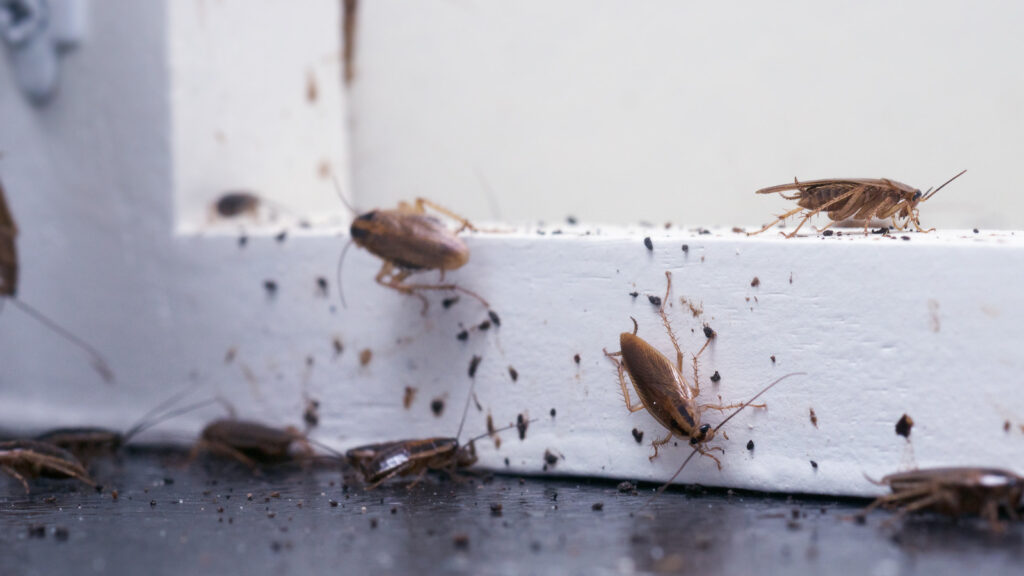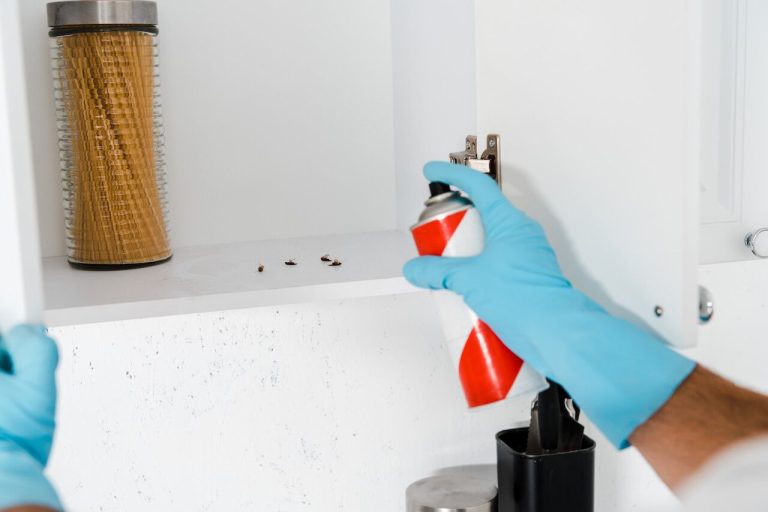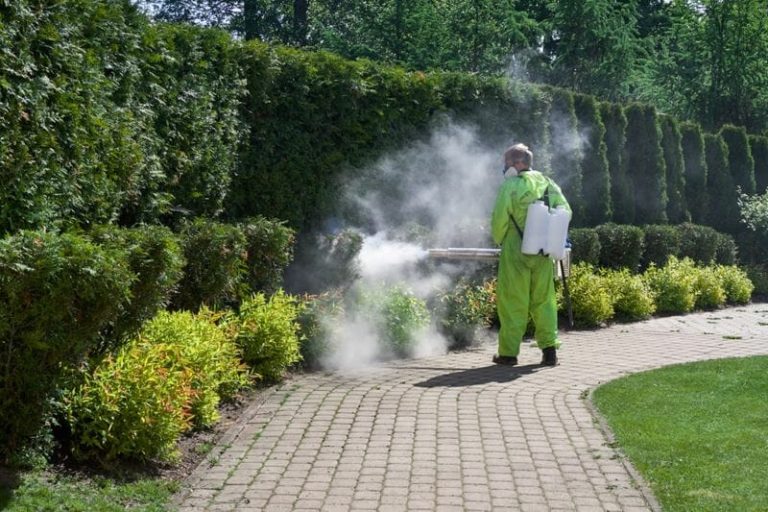
Did you know that homes inherently develop small imperfections over time as materials expand, contract, and settle? That crack along a baseboard, window frame, or foundation may seem harmless: Even small gaps in the seals of your home can act as a weak point in your pest defense system.
An opening as small as 1/64 of an inch — about the width of a credit card — is enough space for many common household pests to enter. These small entry points are often overlooked until you have a pest issue. Being aware of how these weak structures lead to pest infestations allows homeowners to prevent insects from setting up houses in their homes. The link between the structural integrity of the property and pest control is still one of the most underrated aspects of property maintenance. Whenever you call the Exterminator in Allen, they will also study the tiny cracks in your house. Therefore, let us take a closer look at how these affect each other.
Do Tiny Cracks Attract Bugs?
Yes, those tiny cracks do attract and allow bugs to invade your home. And these little openings are the primary entry points for most household pests looking for shelter, food, and water.
98% of professional exterminators believe structural gaps are the number one cause of pest infestations. Insects, such as ants, cockroaches and termites, are hard-wired to search out crevices, moving along air currents that carry the scents of food and moisture from within your house. Traces of food can be sensed by common house ants as much as 20 feet away.
Such openings also serve as ideal harborage where pests can establish colonies shielded from predators and the environment. When temperatures outdoors become less hospitable during seasonal transitions that pressure insects to find shelter indoors, that threat level increases. This biological drive to find its habitat indoors through open entry points is one of the reasons why many of us notice more pest activity during early fall and spring.
What Can You Do To When You Find Cracks In House?
Temporary Sealing Solutions
Temporary sealing materials can act as short-term barriers to immediate protection. According to studies, copper mesh, steel wool, and expanding foam are considered effective temporary barriers against rodents and larger insects. These materials can be temporarily applied in gaps while permanent repairs are planned. Properly implemented pest control temporary sealing can decrease pest entry into the property by up to 65% while getting started with permanent solutions, as per pest control professionals.
Inspect and Identify
A good place to start is walking through your house, inside and out. Focus on junctions of building materials —where foundation/siding intersect, around window frames, and utility/electrical entry points. Document crack locations and general width, as cracks larger than 1/8 inch will likely need professional assistance. Around 60% of homes have cracks in the foundation, which may allow pests to enter.
Professional Repairs
For structural cracks, the most reliable protection comes from having a professional evaluation and repair. Foundation cracks that have been sealed professionally demonstrate a reduction of pest intrusion by 92% over DIY seals. The professional solutions tend to involve specialized elastomeric sealants that retain flexibility as the home settles further. In fact, many contractors have specialized inspection equipment that can pinpoint hidden cracks that could go undetected until a pest infestation occurs.
Preventative Maintenance
A monthly inspection routine allows you to catch new cracks before they turn into highways for pest populations. Approximately 80% of developing structural issues can be caught before major intervention is required with quarterly inspections. Taking this preventive approach is far less expensive than having to deal with established infestations of the pests. Keeping proper drainage around your home’s foundation also prevents soil expansion that leads to cracking, and with proper grading, there is a reduction in foundation cracking of up to 70%.







